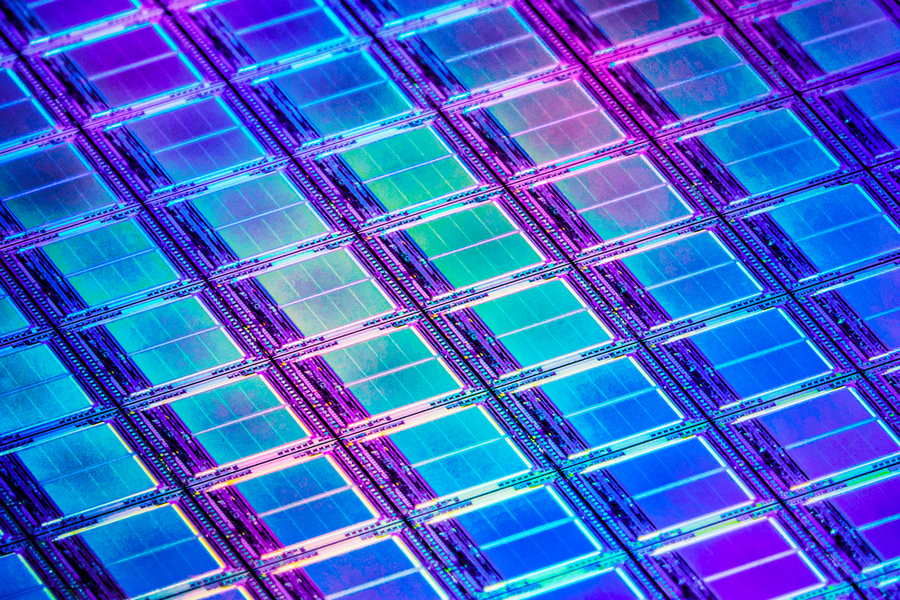Discovery suggests new promise for nonsilicon computer transistors
9. 12. 2020 | MIT | www.mit.edu
For decades, one material has so dominated the production of computer chips and transistors that the tech capital of the world — Silicon Valley — bears its name. But silicon’s reign may not last forever.
Transistors are the building blocks of a computer. Their role as switches, either halting electric current or letting it flow, gives rise to a staggering array of computations — from simulating the global climate to playing cat videos on Youtube. A single laptop could contain billions of transistors. For computing power to improve in the future, as it has for decades, electrical engineers will have to develop smaller, more tightly packed transistors. To date, silicon has been the semiconducting material of choice for transistors. But InGaAs has shown hints of becoming a potential competitor.

MIT researchers have found that an alloy called InGaAs (indium gallium arsenide) could hold the potential for smaller and more energy efficient transistors. Previously, researchers thought that the performance of InGaAs transistors deteriorated at small scales. But the new study shows this apparent deterioration is not an intrinsic property of the material itself.
Read more at MIT
Image Credit: MIT
-jk-




